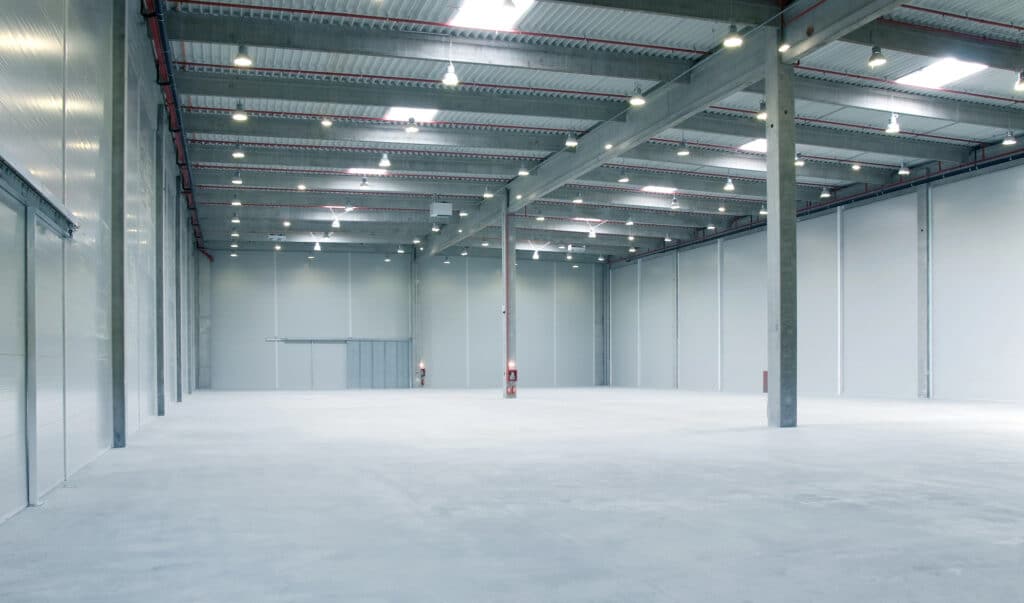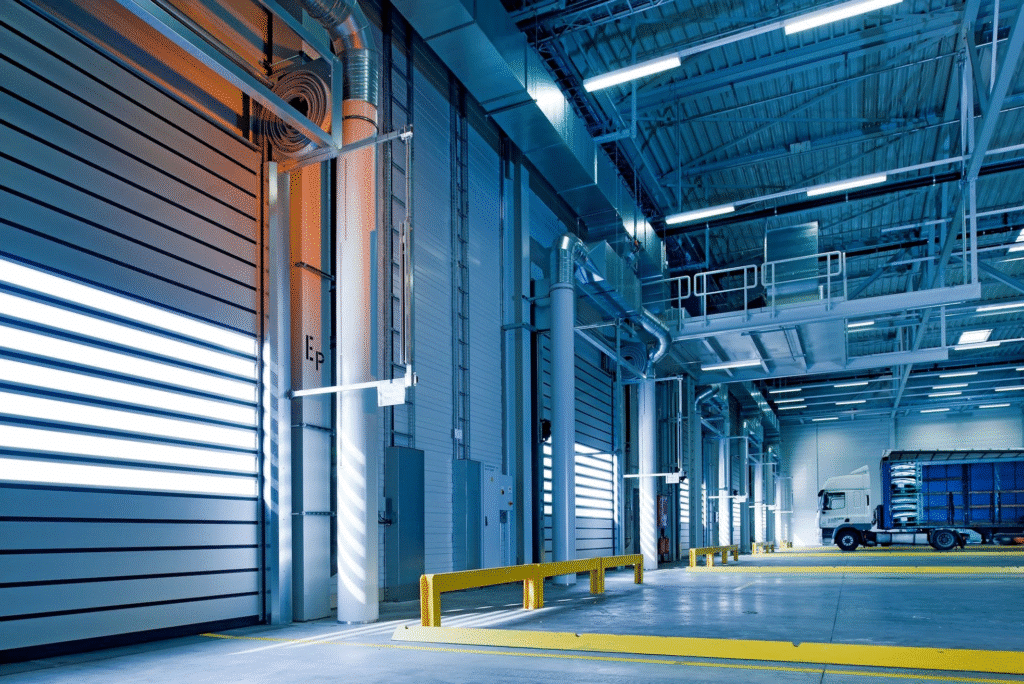
Modern warehouses must keep pace with rising consumer expectations, faster shipping demands, and tight margins. As industries shift toward higher efficiency and automation, material handling systems have emerged as a central element in optimizing productivity. These systems influence how goods are moved, stored, picked, and packed, making them the backbone of warehouse workflow.
A carefully designed material handling system does more than reduce labor. It improves inventory accuracy, minimizes damage, and helps teams meet deadlines without sacrificing quality or safety.
The Role of System Design in Workflow Efficiency
Warehouse efficiency begins with layout and system design. A poorly designed facility creates delays, confusion, and congestion. In contrast, an optimized layout shortens travel paths, reduces manual handling, and supports clear movement from receiving to shipping.
Effective systems account for space usage, equipment selection, and traffic flow. Whether it’s conveyor belts for order sorting or robotic pickers retrieving SKUs, each piece should complement the broader operation. A balanced system reduces wasted time between tasks, improving throughput without requiring more workers.
Software integration plays a large part here. Warehouse Management Systems (WMS) connect digital tracking with physical movements, guiding employees through the most direct, logical paths. That coordination cuts down search times and reduces human error.
Storage Solutions That Maximize Space and Speed
Storage efficiency plays a major role in determining how well a warehouse performs. Vertical expansion, smart slotting, and modular racks all contribute to better use of space and faster access to inventory. One of the most widely adopted solutions is pallet racking, which increases vertical capacity without expanding a warehouse’s footprint. This system allows goods to be organized systematically while remaining accessible for forklifts or pickers.
All of this supports rotation strategies like FIFO or LIFO and adapts to products of varying weights and sizes.
By storing goods in defined zones based on picking frequency or seasonal trends, warehouse managers reduce retrieval time and improve staff productivity. Efficient storage reduces clutter, creates safer workspaces, and ensures that frequently moved items are placed where they can be accessed quickly.
A thoughtful approach to storage leads to smoother workflows and fewer disruptions during daily operations.
Reducing Downtime With Automation
Automated material handling equipment, from sortation systems to guided vehicles, drastically cuts the time required to move inventory. These tools don’t replace employees entirely but rather complement human labor by handling repetitive or heavy tasks.
By assigning time-consuming activities to automated systems, employees can focus on work that demands flexibility and problem-solving. Automated systems help maintain a steady pace without fatigue, keeping warehouses productive even during peak periods.
When automation is scaled properly, it reduces bottlenecks at high-traffic points such as loading docks or packing stations. With time, that translates into faster order fulfillment, lower return rates due to damaged goods, and a stronger reputation for reliability.
The Importance of Safety in Material Handling

Safety is built into every good system. Efficient material handling reduces accidents by eliminating the need for excessive lifting, minimizing traffic conflicts, and maintaining orderly spaces.
Workplace injuries lead to downtime, compensation claims, and operational disruptions. Systems that encourage proper lifting techniques, use ergonomic tools, and separate pedestrian zones from forklift paths create a more secure environment.
Regular training, clear signage, and consistent maintenance of handling equipment all contribute to safety goals. When employees feel safe, they work with more confidence and consistency, which directly benefits productivity.
Integration With Real-Time Inventory Management
Today’s fast-paced fulfillment requires real-time insight into inventory levels. Integration between handling systems and software platforms allows teams to track goods as they move through the facility, improving accuracy and decision-making.
Barcode scanners, RFID tags, and mobile apps ensure that every movement, from receipt to shipment, is logged and accessible. This visibility helps managers avoid stockouts, forecast demand, and adjust labor according to real-time activity.
Real-time data contributes to better order accuracy, fewer shipping errors, and faster reconciliation. It also makes auditing simpler and reduces the risk of misplacing high-value items within a busy warehouse.
Labor Optimization Through Task Specialization
Efficient handling systems free up skilled labor to focus on tasks that require judgment and adaptability. For example, while automated conveyors handle bulk transfers, human workers can manage quality checks or complex order configurations.
This shift reduces burnout and improves morale, since employees aren’t spending their shifts on tedious or physically draining activities. By matching the right people to the right tasks, warehouses see gains in speed, accuracy, and job satisfaction.
Cross-training workers in multiple roles provides added flexibility, allowing the team to adapt when demand surges or unexpected absences occur. When systems and staffing complement each other, the result is consistent performance under any condition.
Flexibility to Adapt to Business Changes
Markets evolve rapidly, and warehouses must respond just as quickly. Whether scaling operations to handle seasonal volume or transitioning to a new product line, flexible systems accommodate change without major infrastructure overhauls.
Modular equipment, reconfigurable layouts, and software that supports rapid reallocation of tasks all enable fast pivots. Companies that can shift gears efficiently outperform those with rigid, outdated processes.
A well-structured material handling system prepares the business for tomorrow’s challenges, whether that’s handling more SKUs, faster delivery promises, or new packaging methods.

When material handling systems are well-planned and properly integrated, they transform warehouse operations from chaotic to controlled. Improved storage, reduced downtime, and safer workflows all contribute to smoother daily operations and long-term success. As demands increase, investing in efficient systems provides the flexibility and strength needed to keep pace. With the right strategy, warehouses can meet expectations today while preparing for tomorrow’s growth.
- 0shares
- Facebook0
- Pinterest0
- Twitter0



